Paul and I made our annual summer trek to the Charlottesville area, and this year it coincided with summer solstice, the official start of the summer season. These longer days allowed us to enjoy late dinners and wine on the porch at our favorite Stay cottage located on the Afton Mountain Vineyards property. In this post, I offer a review of favored wine varieties, blends, and sparkling wines that we sampled from various wineries in the Charlottesville area. Notice a special focus on summer wines since stocking up on these was our mission; however, any wine can be enjoyed in all seasons, and we do note some wines that some may find to be more appropriate for cooler weather.
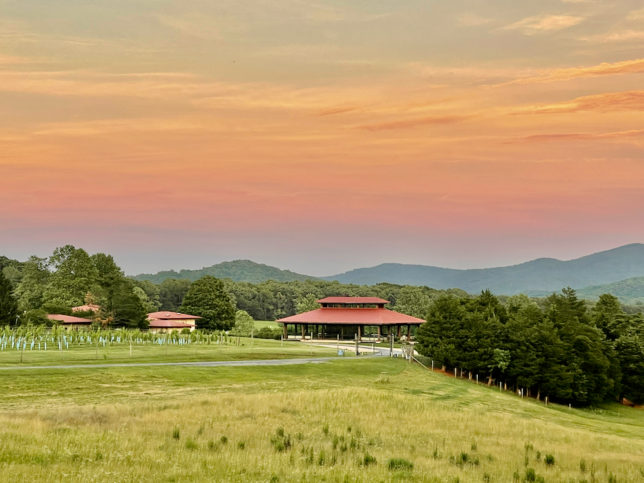
White Wines/Rose/ White Blends/Sparkling:
Albarino: Pay attention to this grape in Virginia because it shows promise. Afton Mountain’s 2021 release features classic citrus notes and a leaner palate. A different twist will be offered by Jake Bushing’s 2021 Albarino that saw some time in oak barrels and thus presents a fuller-bodied palate.
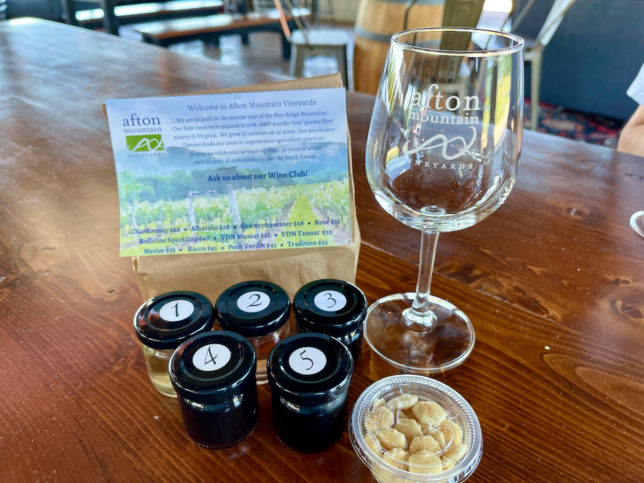
Chardonnay: Always my favorite. Full-bodied treatments of this grape can be enjoyed at Septenary (2019), King Family Vineyards (2020) and Hazy Mountain (2019). Sippers who prefer a medium to lighter-bodied style may want to consider the releases from Pollak (2019) and Keswick (LVA 2021).
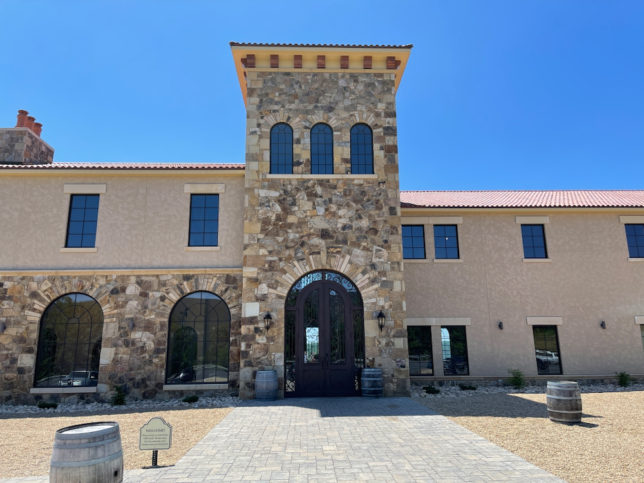
Sauvignon Blanc: This is another grape that has potential in Virginia. The 2021 offering from Septenary captures classic notes of boxwood and citrus with a refreshing acidity. Similar characteristics were noted in the current 2021 release from Jake Busching Wines. Sauvignon Blanc is also the key component in two white blends from Blenheim Vineyards. 2020 On The Line also includes Rkatsiteli, Chardonnay, and Petit Manseng while the 2018 Painted White incorporates Chardonnay and Petit Manseng. I will add that these two blends convinced me that Petit Manseng with its tropical fruit notes, acidity and texture brings much more to the table (or the bottle) as a blender than a stand alone.
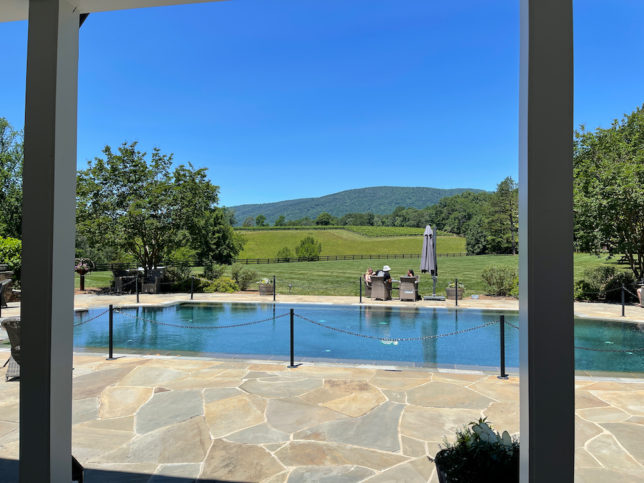
Rose: Dry rose for us, please. Thankfully, Virginia wineries can deliver here too. We can recommend current releases now offered at Blenheim Vineyards (2020) King Family Vineyards (2021), Hark Vineyards (2021) and Septenary (2020). While rose conjures images of beaches or picnics, be sure to have Rose on hand for all seasons—-rose is versatile and can pair with almost anything.
Sparkling Wine: Any occasion or no occasion at all calls for sparkling wine. Try the 2018 Brut from King Family Vineyards produced from 100% Chardonnay, the Sparkling Amelie Blanc de Noir from Keswick Vineyards and/or the Sparkling Rose from Septenary.
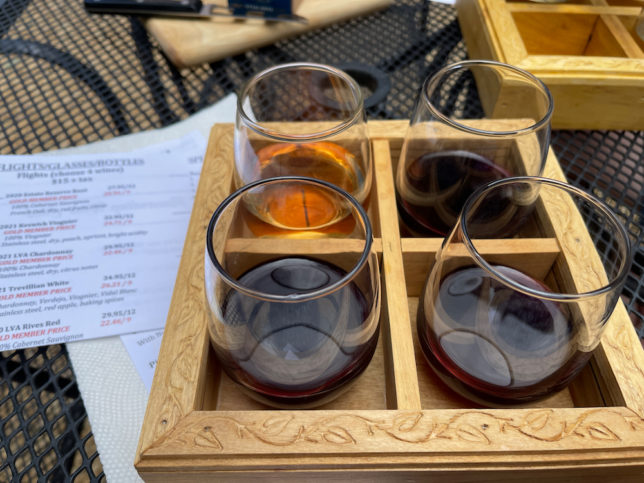
Vidal Blanc: Once a driver at most Virginia wineries, Vidal Blanc seems be less common these days. Fortunately, the 2020 Virginia Verde from Hark Vineyards keeps Vidal Blanc alive, and it screams summer.
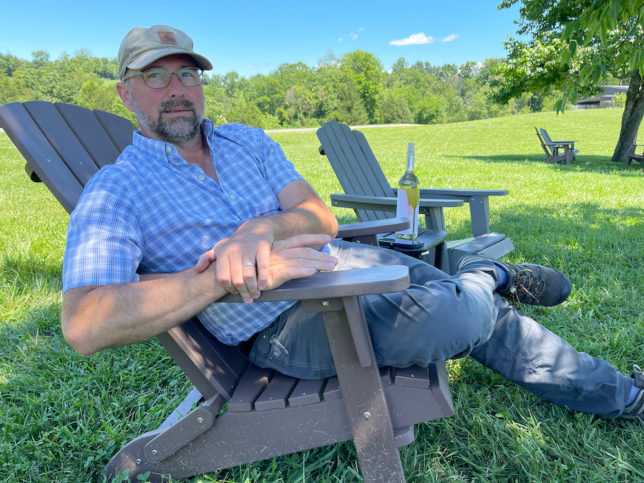
Red Wines: Cabernet Franc: This is probably the one red wine that is another all season gift. Enjoy it with light grilled fare in summer or with Thanksgiving turkey in the fall. I tend to prefer lighter style Cabernet Franc that presents juicy red berries with little interference from extensive use of oak or blends with other varieties. Blenheim’s 2020 release fits that bill. Pollak Vineyards’ 2019 bottling sees a bit more time on oak with a noted presence of black pepper; however, it too can be served on its own or with food. Septenary’s Cloverplains 2017 is a blend that leads with Cabernet France but includes Merlot, Cabernet Sauvignon, and Petit Verdot. Bright seed berries, sweet tobacco and subtle black pepper nuances offers a complex wine that can be enjoyed now or later.
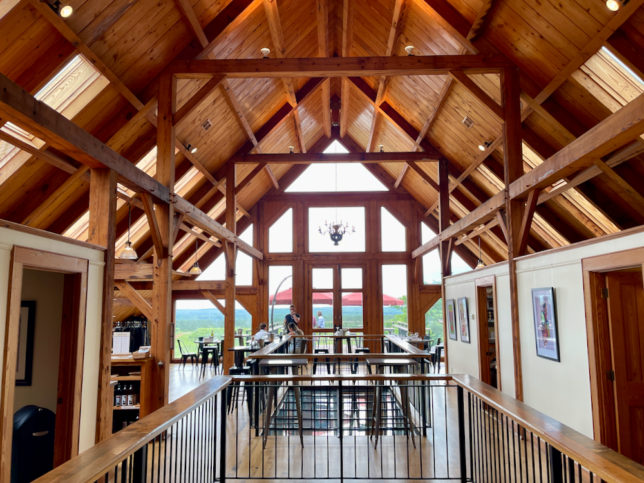
Petit Verdot: This is another winning grape for Virginia. However, there are those who prefer this one on its own, while others would rather enjoy it as part of a blend. (Review my Petit Manseng comment). The 2018 vintage from Pollak Vineyards was surprisingly juicy and rich given the rather wet 2018 growing season. Hark Vineyards’ 2017 release is dark and brooding—-decant now or hold for a bit longer. Don’t ignore the 2019 vintage from DuCard Vineyards, especially if you are tracking down the gold medal winners from 2022 Virginia Governor’s Cup. Looking for a Petit Verdot-dominant blend? Give 2018 Blended Red from Blenheim Vineyards a try. It includes an equal part of Merlot followed by Cabernet Franc and Cabernet Sauvignon.
Others: We always grab a bottle (or two, three) of Bacco from Afton Mountain Vineyards. This one always includes Sangiovese, and the 2017 is delicious. If your library includes the 2016 Meritage from Pollak Vineyards, it is still showing quite well. Drink or hold. I bought a bottle to join its sibling on our wine rack. One will be enjoyed soon and the other will be poured in another year or so. Our 2013 Merlot from King Family Vineyards has definitely gathered dust, so it was a treat to try a sample of this one at the winery. I would put this one in the drink now category but made sure to purchase another one. Can it hold on for another year or two? We’ll find out.
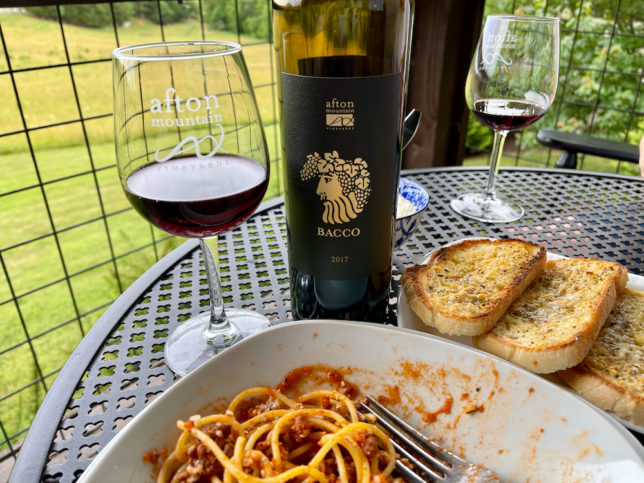
Our front porch dinners paired with a perfect Virginia wine were lit with late sunsets followed by starry skies and dancing fireflies. Another treat was the cooler than usual night temperatures that allowed us to open the windows to enjoy cool nighttime breezes. If Mother Nature was treating us to a solstice concert, then she put on a stellar performance.
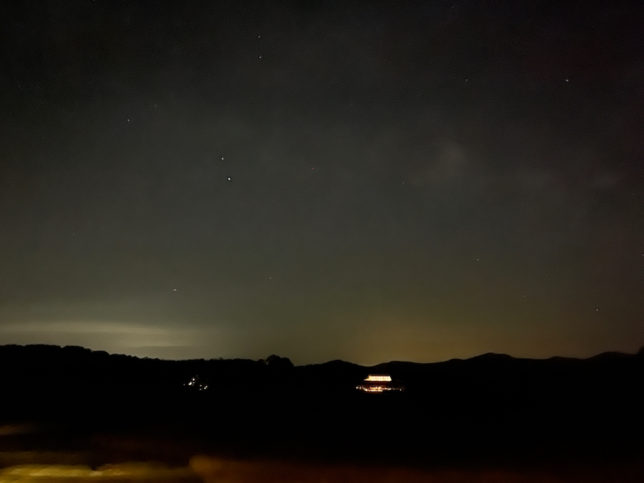
Plan to visit the wineries mentioned in this post to sample these well-crafted wines for yourself this summer. Let us know if you find others that you enjoyed but not described here. Of course, please mention that Virginia Wine Time sent you!
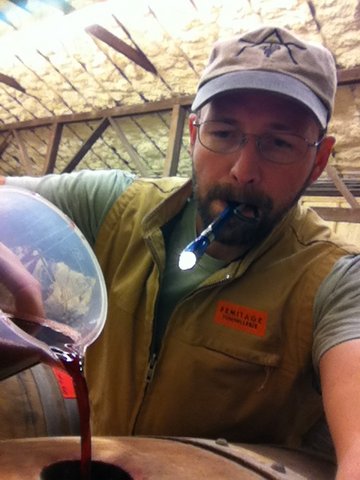 1. This has been a winter of long-lasting, record-breaking cold weather. This week’s temperatures plunged to below zero in much of Virginia. Are you concerned about stress to the vines? Have you changed vineyard management (i.e. pruning) as a result?
1. This has been a winter of long-lasting, record-breaking cold weather. This week’s temperatures plunged to below zero in much of Virginia. Are you concerned about stress to the vines? Have you changed vineyard management (i.e. pruning) as a result?